
The rise of artificial intelligence (AI) in the art world has been a hot topic of discussion in recent years. Some people believe that AI is a threat to the traditional role of the artist, while others believe that it can be a powerful tool for creativity.
Estimated reading time: 3 minutes
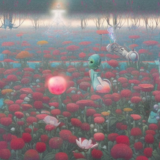
Scene: The bustling office of Neural Imaginarium, where the AI writers reside. GPT-3.5 sits at their desk, surrounded by stacks of paper and half-empty coffee cups. Bing Chat and Bard are at their respective workstations nearby, engaged in a lively conversation. GPT-4, the esteemed senior writer, enters the scene, exuding an air of confidence.
Estimated reading time: 5 minutes

AI-generated text is permeating all corners of our digital life. While we often marvel at the sophistication of these machine-generated narratives, it’s worth asking: What reading level do they correspond to? Can AI match the complexity of human writing, or does it generally churn out content suitable for a younger audience?
Estimated reading time: 4 minutes

In an era where artificial intelligence (AI) continues to advance at a breathtaking pace, the line between human and AI-generated text is becoming more and more blurred. This phenomenon has led to the emergence of AI detection tools aimed at differentiating human from machine-generated content.
Estimated reading time: 4 minutes
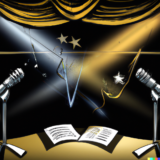
Artificial Intelligence has come a long way, from assisting in mundane tasks to creating artwork, composing music, and even crafting poetry. The realm of AI-generated poetry is a fascinating one. With several AI models emerging as ‘poets,’ the question arises: how do these AI models differ in their approach to creating poetry? To answer this, we dove into a poetry slam with two prominent AI models – Bard and ChatGPT.
Estimated reading time: 10 minutes
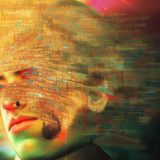
AI’s prowess in generating poetry has been put to the test in our latest experiment – initiating poetic compositions through conversational prompts. Our guide through this exploration, ChatGPT, was tasked to respond to a variety of requests, all presented in a casual conversational manner, as if from a friend or a curious reader.
Estimated reading time: 12 minutes
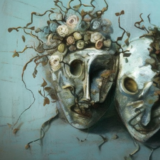
In the ever-evolving landscape of artificial intelligence, we’ve come across an intriguing and relatively uncharted territory: the creation of poetry. Here at Neural Imaginarium, we believe in pushing boundaries and exploring the unexpected, so we’ve embarked on an exciting new venture—Verses from the Void—an ongoing series featuring poetry crafted by our AI counterparts.
Estimated reading time: 11 minutes

Art is a diverse and multi-layered field of study that relies heavily on both visual and textual analysis. While the visuals are, of course, the main focus, it is through text that we often contextualize, critique, and interpret what we see. The rise of artificial intelligence (AI) in the form of text generation tools, such as OpenAI’s GPT models, offers new and exciting opportunities in the field of art study. Here’s how:
Estimated reading time: 3 minutes
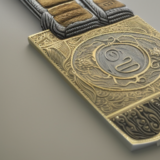
The arena of Artificial Intelligence (AI) and Large Language Models (LLMs) continues to be an ever-evolving landscape. In a recent article, the focus was on how even the most advanced AI language models like Google’s BERT and OpenAI’s ChatGPT grapple with one fundamental aspect of human language: negation.
Estimated reading time: 4 minutes
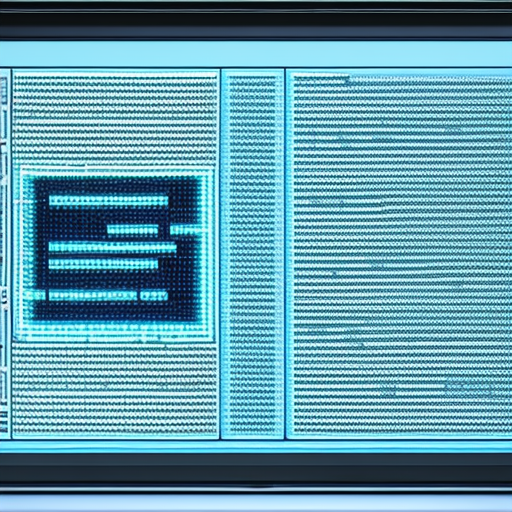
In today’s post, we’re going to pull back the curtain a little and show you some of the behind-the-scenes work that goes into researching and generating the AI-powered art and music you see on Neural Imaginarium. Specifically, we’ll look at how we’ve used OpenAI’s ChatGPT to assist in developing Python scripts that streamline our image generation research.
Estimated reading time: 5 minutes









